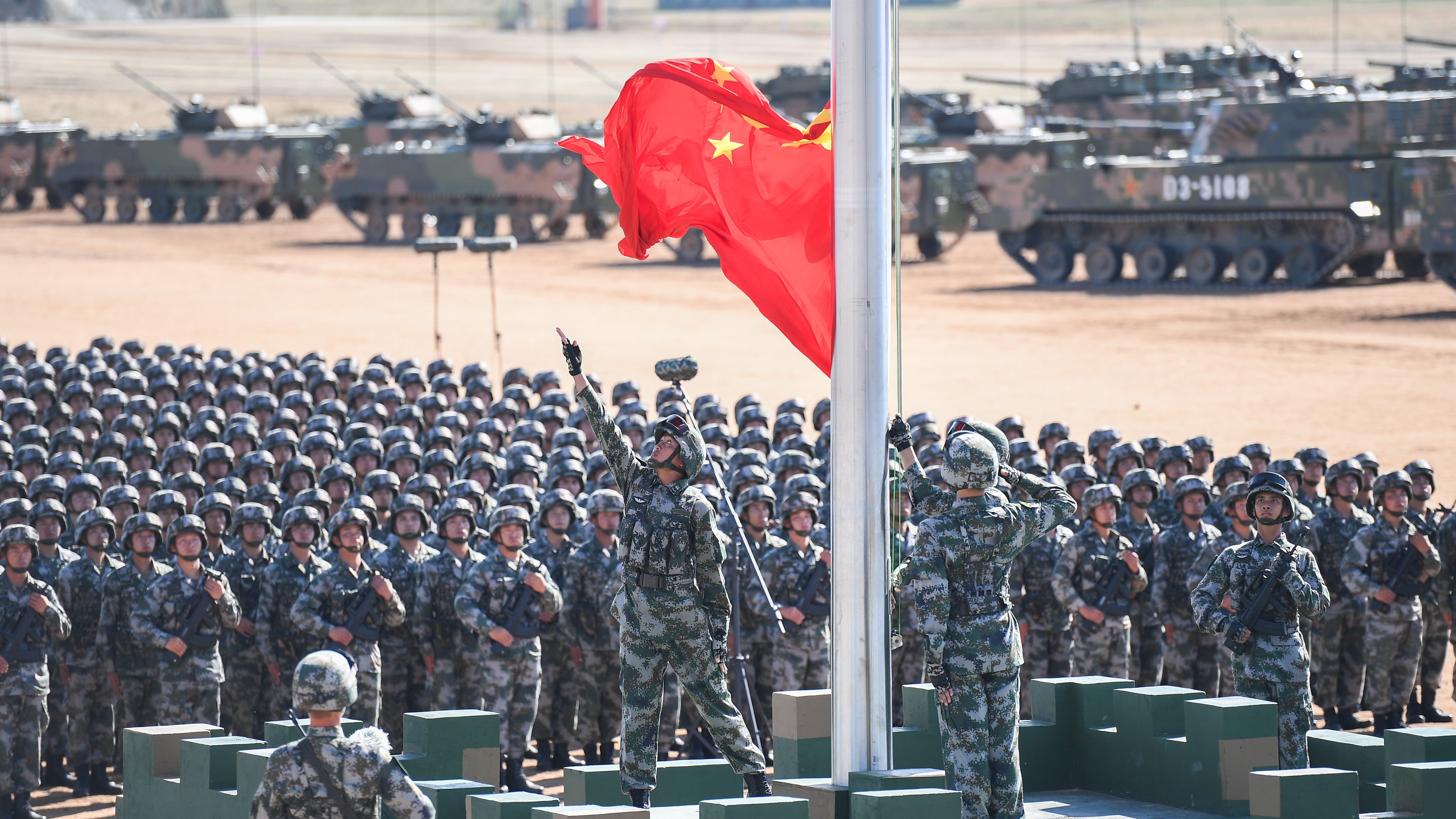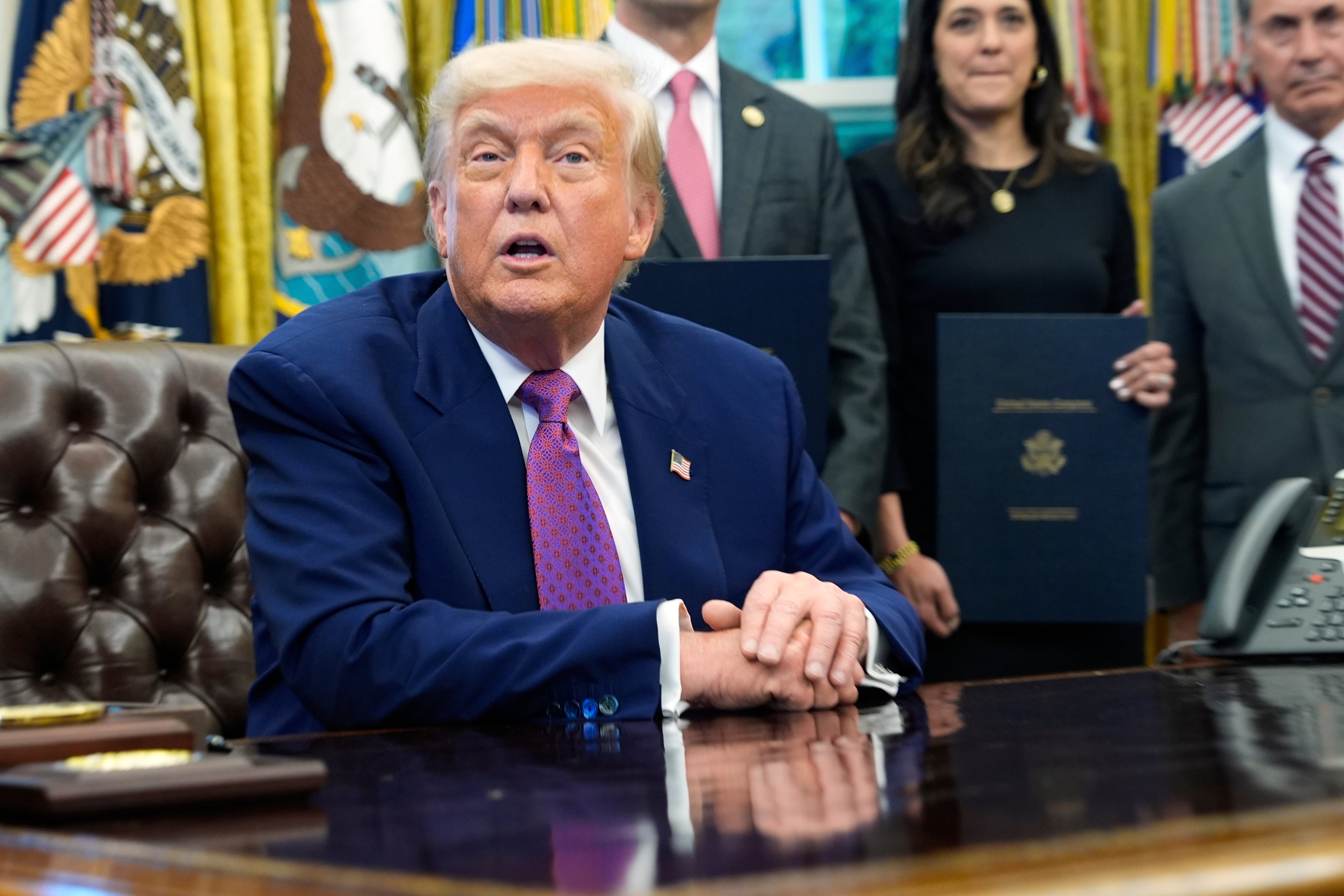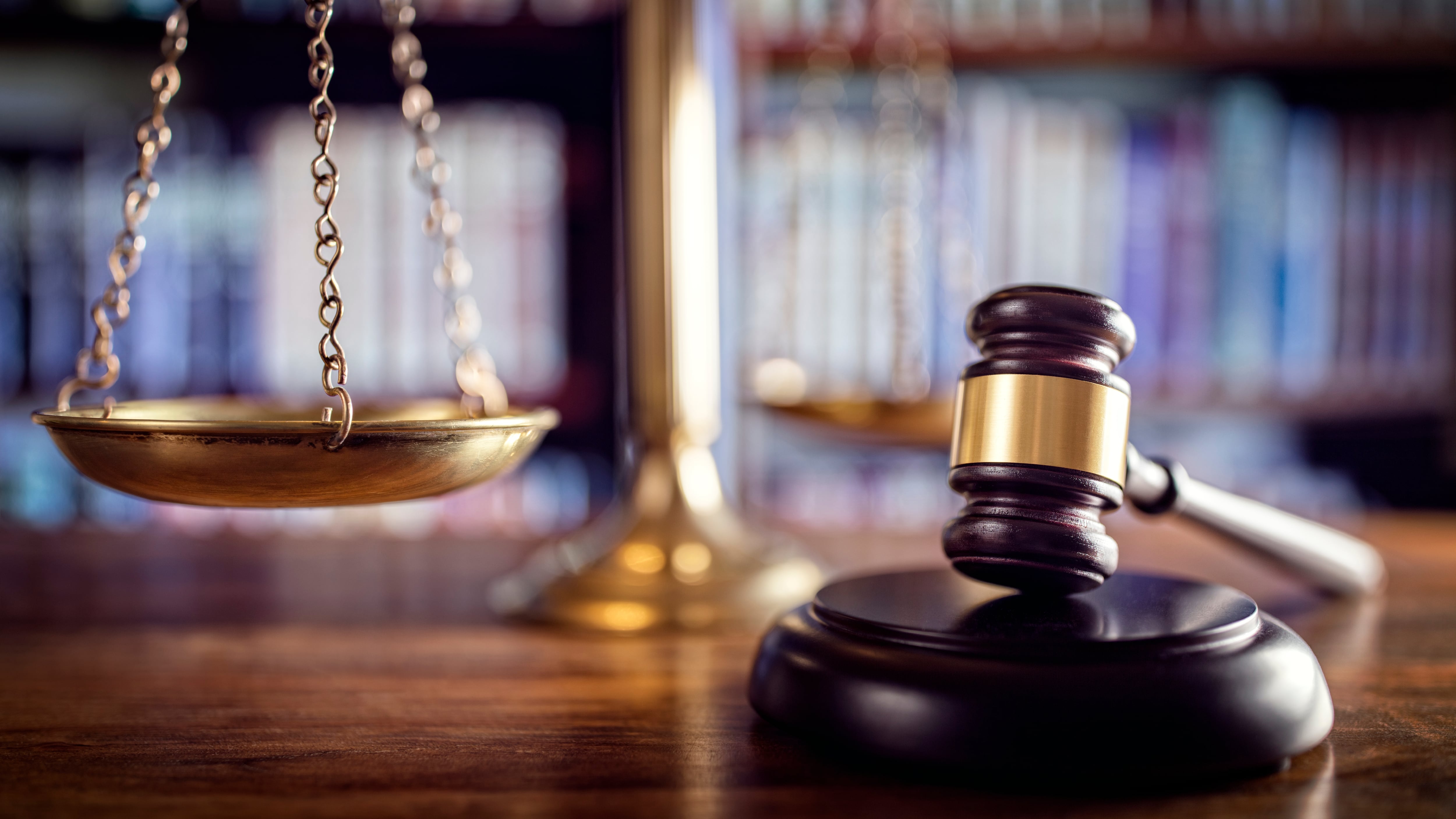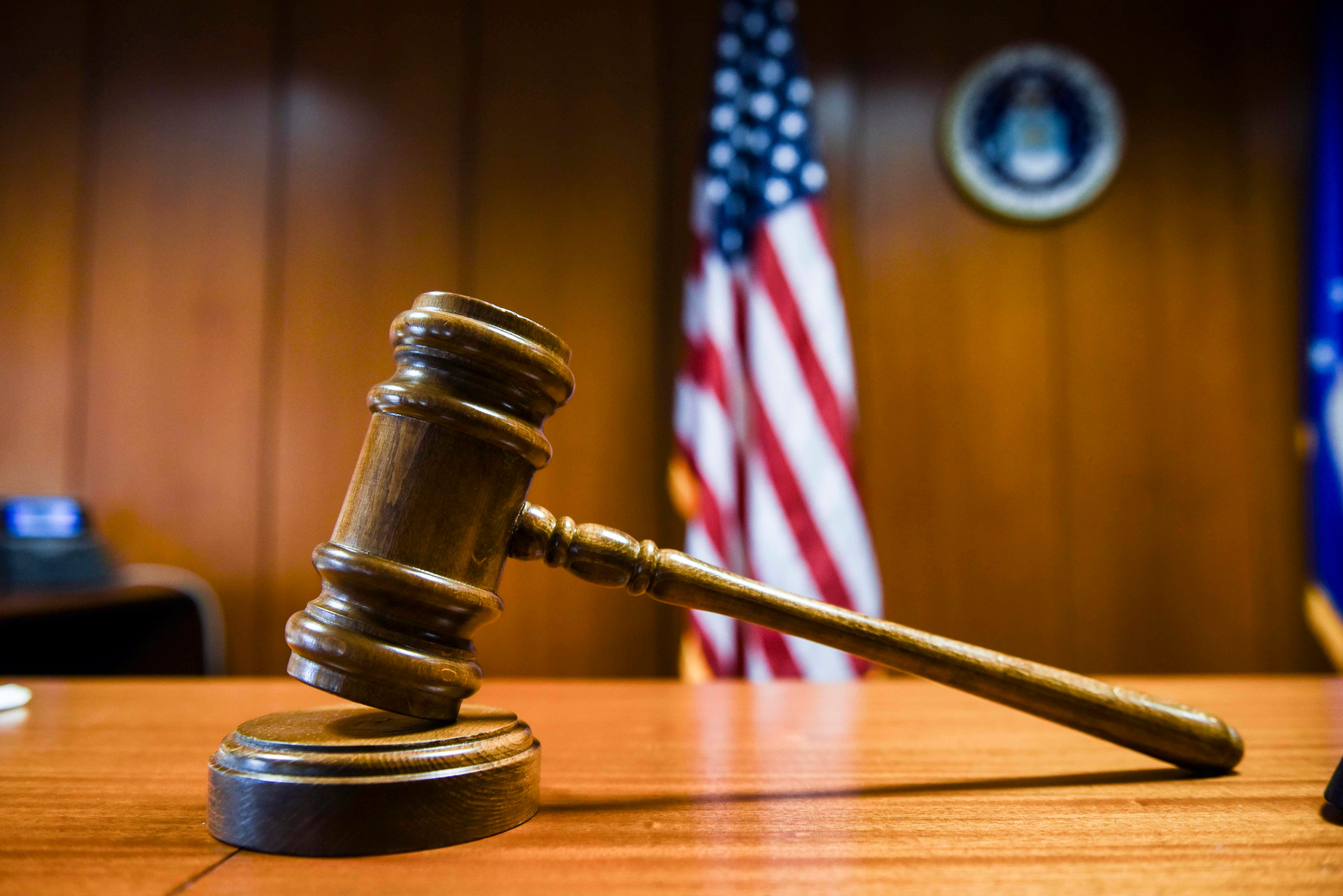TOKYO — Most Japanese military officials won’t name the potential adversary that has spurred rapid Japanese modernization across its ground, maritime and air Self Defense Forces, in a nod to sensitive diplomatic relations.
But it’s not Russia that has spurred Japan’s recent commitment to purchase up to 147 F-35s, or moved Japan to produce the country’s first aircraft carrier since World War II. It’s not North Korea that’s caused Japan to rapidly train, for the first time ever, an amphibious assault brigade to seize or retake the Senkaku Islands to its southwest if they have to.
It’s China. But among many U.S. and Japanese military officials in Japan, it’s “a competitor,” or “that country.”
“We have some weakness to defending Japan, especially on the southwest islands," Maj. Gen. Shinichi Aoki, commander that Amphibious Rapid Deployment Brigade, said. “So that’s why our Self Defense Force is now trying to set up a strong posture toward that country."
RELATED

Japan’s new amphibious rapid deployment brigade has 2,100 troops now and is on track to have more than 3,000 trained by March, Aoki told Military Times during a December visit to Okinawa.
The surge comes amid an intensifying internal discussion in Japan on what types of capabilities are allowed under Japan’s constitution, which “renounce[s] war as a sovereign right of the nation and the threat or use of force as means of settling international disputes." By literal reading it seems to forbid Japan from maintaining forces at all, but in the 1950s Japan determined self-defense only was allowed.
Prime Minister Shinzo Abe and the ruling LDP party have pushed for a rewrite of that Article 9 clause to wording that says the Self Defense Forces are constitutional. But Japan’s constitution has never been amended, and political analysts who spoke with Military Times and other visiting reporters in Japan through a trip sponsored by the Sasakawa Peace Foundation USA said it was unlikely Abe would risk the political capital on an Article 9 vote in the near future.
Instead, in some respects, Japan’s military is moving ahead — constitutional revision or not. From some military officials' point of view, the changes are still about the defense of Japan and its interests in the Pacific, even if that means it is also about becoming a more expeditionary force that also looks out for its allies.

On board the Izumo, Japan’s three-year-old helicopter destroyer that will be converted to carry F-35Bs, Japanese Maritime Self Defense Forces briefed reporters on their expanding role, which calls not just for a regional presence in the East and South China Seas, but also for a regular presence off the coast of Djibouti, where China established a military base in 2017.
“We will never accept a compromise with any attempt to prevent us from keeping the Indo-Pacific free and open,” said Japanese Maritime Self Defense Forces deputy director of plans and programs, Capt. Toshiyuki Hirata, without naming China specifically.
Other Japanese officials are more direct.
“Actually this trigger ... to be straight out [is] China. The expansion of China. I think it’s clear," said Keitaro Ohno, parliamentary vice minister for defense for Japan’s ruling Liberal Democratic Party. “There is no need for us to operate such kind of aircraft carrier if we don’t have to respond to China in the Pacific Ocean.”
Those Japanese officials emphasized that they do not seek conflict with China, and some pointed to a recent warming of diplomatic relations between the two countries after the U.S. launched a trade war with China. But Japan’s Self Defense Forces are still responding to a rising number of Chinese military aircraft incursions, regular and expanded reach of Chinese warships, including submarines, and other activities that are irritants, such as the regular presence of Chinese civilian fishing craft lingering by the Senkakus.
Japanese defense officials call them “little green fishermen.”
“It’s just ... face to face that we are smiling, but under the table that we are some sort of, like, kicking each other,” Ohno said.
On Tuesday, the Defense Intelligence Agency released a new assessment of China’s military power and concluded that the sheer numbers of advanced ships, forces, aircraft, satellites and missiles China has fielded over the last 15 years has increased the risk it will engage in a regional conflict. However, it’s likelier that conflict would arise with Taiwan, not Japan.
“It’s obviously a different situation [than Taiwan] because Japan ... has a significant capability to defend their territory,” a defense intelligence official said as he briefed reporters on the condition of anonymity.
“I think ... neither side has an interest or an intention to escalate the conflict at this point, although there’s a lot of air and naval activity on a small confined space, so there’s always potential for something.”
In response to the increased activity by Chinese aircraft, Japan moved a second squadron to the military side of Naha Airport to be able to more rapidly sortie against aircraft incursions over Japan’s Air Defense Identification Zone. In 2016, Japanese fighters sortied 1,168 times — 70 percent of those were against Chinese jets. The numbers for 2017 and 2018 fell a bit, but were an “unbelievable climb” from just a few years before, said U.S. Forces Japan commander Air Force Lt. Gen. Jerry Martinez.
You can see the activity in person on Okinawa, where Japanese fighters take regular flight and have the primary responsibility for conducting intercepts in the South China Sea and East China Sea, said Air Force Brig. Gen. Case Cunningham, who commands the 18th Wing at Kadena Air Base.
“Every time I fly out of Naha and see [Japan’s] 15s take off, it’s very likely they are headed out to an intercept of some type or other,” Cunningham said.
Tara Copp is a Pentagon correspondent for the Associated Press. She was previously Pentagon bureau chief for Sightline Media Group.





